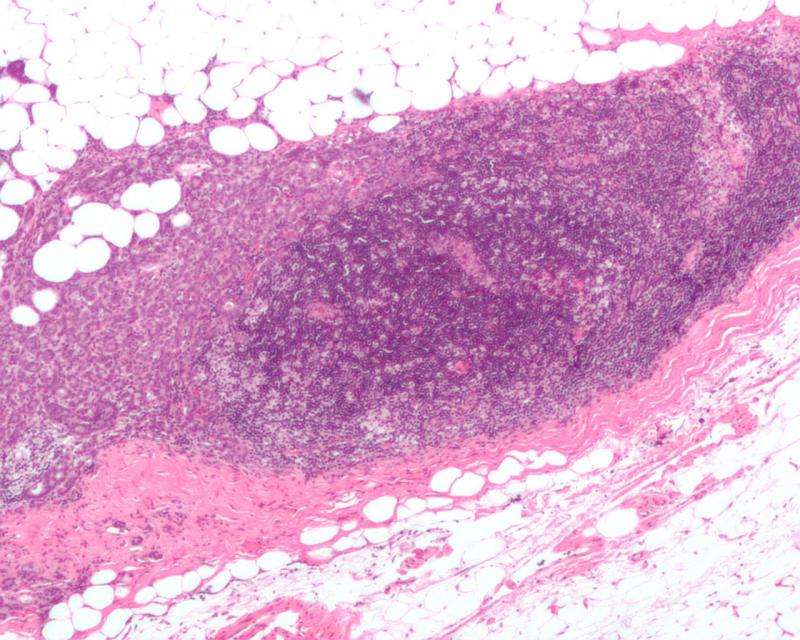Study reveals potential therapy targets for triple-negative breast cancer

In cancer, cell signaling pathways are the critical chain of events that can either quash or quicken disease progression.
A multi-institutional international study led by scientists at The University of Texas MD Anderson Cancer Center has revealed new information about how molecules called long non-coding RNAs (lncRNA) interact with HIF-1, a signaling pathway that is overexpressed in many cancers. HIF-1 has been shown to regulate breast cancer progression.
The team's findings, published online in today's Nature Cell Biology, explored HIF-1's role in triple-negative breast cancer (TNBC), an aggressive and hard-to-treat form of the disease. The study analyzed data from The Cancer Genome Atlas (TCGA), a research program supported by the National Cancer Institute and National Human Genome Research Institute within the National Institutes of Health that is looking at genomic changes in more than 20 different types of cancer.
"Triple-negative breast cancer continues to be a severe health problem, demanding the consideration of emerging long non-coding RNAs as biomarkers and therapeutic targets in combatting this disease," said Liquing Yang, Ph.D., assistant professor in the Department of Molecular & Cellular Oncology.
Yang and co-author Chunru Lin, Ph.D., an assistant professor in the same department, confirmed four sites for phosphorylation, a process that turns protein enzymes off and on, impacting key cellular functions.
"Our study identified four previously unknown phosphorylation sites in a LINK-A regulated signaling pathway," said Lin. "These events predict a worse outcome in TNBC patients suggesting that the LINK-A pathway plays a critical role in this disease and may provide wide-ranging therapeutic treatment targets."
The team identified an lncRNA known as LINK-A, that activates HIF1 signaling in triple-negative breast cancer.
"Our study delineates an lncRNA-protein kinase module that regulates HIF1," said Yang. "The LINK-A dependent HIF1 signalizing cascade and the consequent effects on cancer cells implicate LINK-A and LINK-A interacting kinases and receptors as promising therapeutic targets for TNBC."
More information: The LINK-A lncRNA activates normoxic HIF1α signalling in triple-negative breast cancer, DOI: 10.1038/ncb3295
















